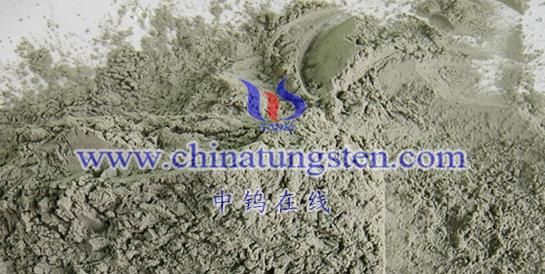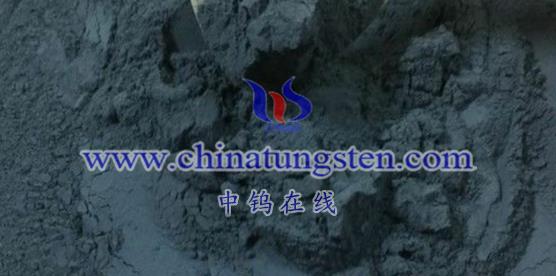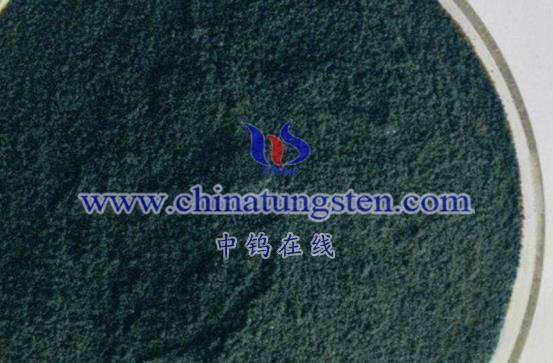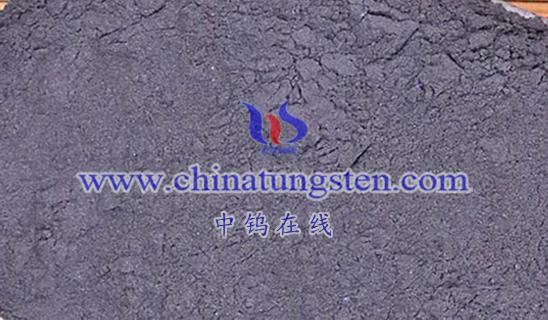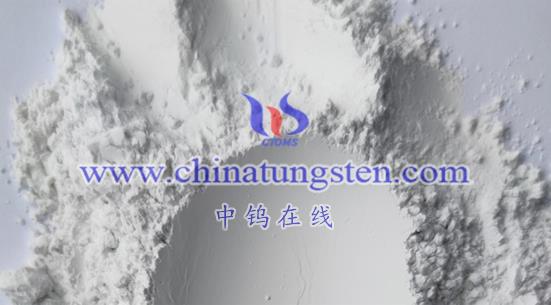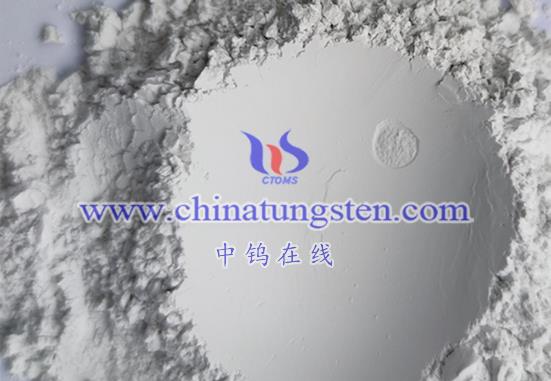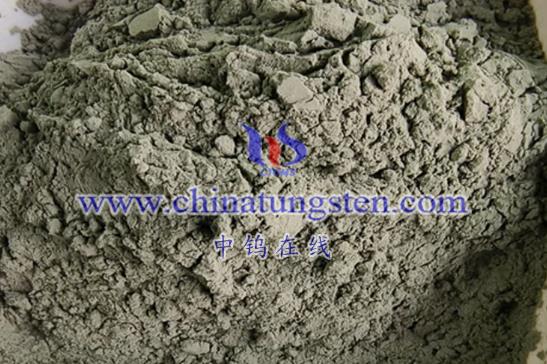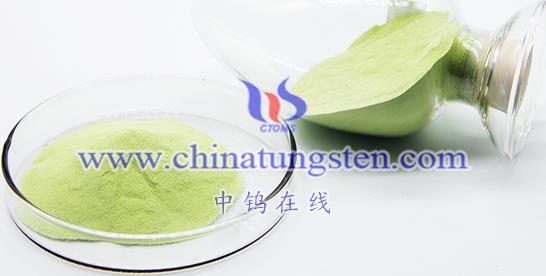
The color change of nanometer tungsten oxide is related to a variety of factors, and the combined effect of these factors leads to its rich and varied colors. The following are the main factors affecting the color change of tungsten oxide nanoparticles:
Crystal structure and composition
The crystal structure (e.g. lattice defects, crystallographic orientation, etc.) and chemical composition (e.g. the ratio of W and O, the presence of non-integer-ratio oxides, etc.) of tungsten oxide nanoparticles directly affect their color. Different crystal structures and compositions lead to differences in electronic structure, which in turn affects the light absorption and reflection properties, thus changing the color.
Particle size
The particle size of nanomaterials has a significant effect on their properties. As the particle size decreases, the surface effect and quantum size effect of tungsten oxide nanoparticles gradually appear, leading to changes in light absorption and scattering characteristics, which in turn change the color. In addition, the reduction of particle size may also cause changes in the energy band structure, further affecting the color.
Environmental conditions
Environmental conditions such as light, temperature, humidity, etc. can also affect the color of tungsten oxide nanoparticles. Light may lead to photochromic phenomenon, i.e. the color of tungsten oxide nanoparticles changes under light; changes in temperature may cause thermochromic phenomenon, e.g. brown tungsten oxide becomes darker when it is heated, and then recovers its original color when it is cooled down; and humidity may affect the interaction of tungsten oxide nanoparticles with the surroundings, which may in turn change the color of tungsten oxide nanoparticles.
Surface state
The surface state of tungsten oxide nanoparticles (e.g. surface adsorbents, surface defects, etc.) also affects their color. Surface adsorbents may change the optical properties of tungsten oxide nanoparticles, thus affecting the color; surface defects may lead to changes in the electronic structure, thus affecting the light absorption and reflection properties.
Preparation methods
Different preparation methods may lead to differences in the crystal structure, particle size, and surface state of tungsten oxide nanoparticles, which in turn affect their color. For example, different preparation methods such as sol-gel method, hydrothermal method and thermal decomposition method may obtain tungsten oxide nanoparticles with different colors.
Therefore, the color variation of tungsten oxide nanoparticles is related to a variety of factors, such as crystal structure and composition, particle size, environmental conditions, surface state, and preparation methods. These factors interact with each other to determine the color characteristics of tungsten oxide nanoparticles.
More details of tungsten oxide product, please visit website: tungsten-oxide.com
Please contact CHINATUNGSTEN for inquiry and order of tungsten oxide:
Email: sales@chinatungsten.com
Tel.: 86 592 5129595
